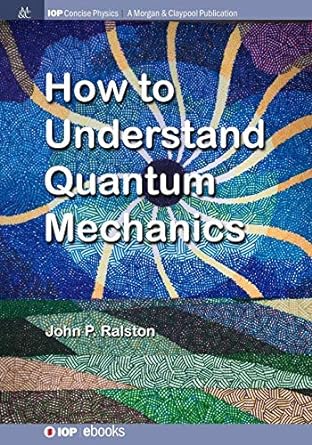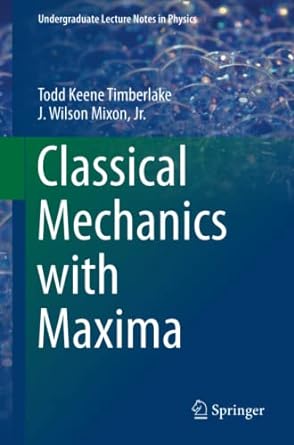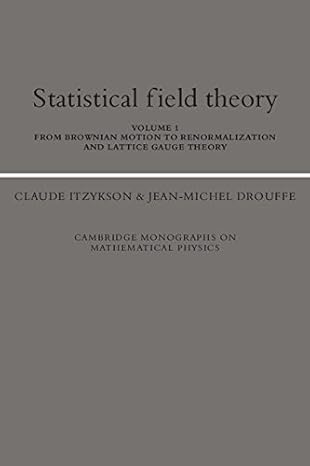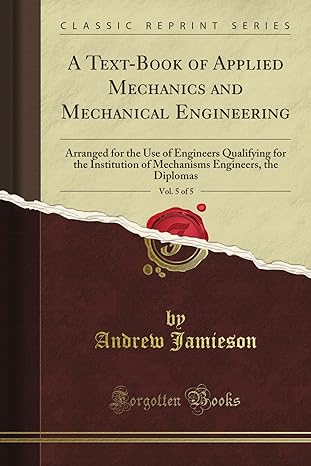Go back


How To Understand Quantum Mechanics(1st Edition)
Authors:
John P. Ralston

Cover Type:Hardcover
Condition:Used
In Stock
Shipment time
Expected shipping within 2 DaysPopular items with books
Access to 30 Million+ solutions
Free ✝
Ask 50 Questions from expert
AI-Powered Answers
✝ 7 days-trial
Total Price:
$0
List Price: $59.97
Savings: $59.97(100%)
Solution Manual Includes
Access to 30 Million+ solutions
Ask 50 Questions from expert
AI-Powered Answers
24/7 Tutor Help
Detailed solutions for How To Understand Quantum Mechanics
Price:
$9.99
/month
Book details
ISBN: 1681741628, 978-1681741628
Book publisher: IOP Concise Physics
Get your hands on the best-selling book How To Understand Quantum Mechanics 1st Edition for free. Feed your curiosity and let your imagination soar with the best stories coming out to you without hefty price tags. Browse SolutionInn to discover a treasure trove of fiction and non-fiction books where every page leads the reader to an undiscovered world. Start your literary adventure right away and also enjoy free shipping of these complimentary books to your door.
Book Summary: How to Understand Quantum Mechanics presents an accessible introduction to understanding quantum mechanics in a natural and intuitive way, which was advocated by Erwin Schroedinger and Albert Einstein. A theoretical physicist reveals dozens of easy tricks that avoid long calculations, makes complicated things simple, and bypasses the worthless anguish of famous scientists who died in angst. The author's approach is light-hearted, and the book is written to be read without equations, however all relevant equations still appear with explanations as to what they mean. The book entertainingly rejects quantum disinformation, the MKS unit system (obsolete), pompous non-explanations, pompous people, the hoax of the 'uncertainty principle' (it is just a math relation), and the accumulated junk-DNA that got into the quantum operating system by misreporting it. The order of presentation is new and also unique by warning about traps to be avoided, while separating topics such as quantum probability to let the Schroedinger equation be appreciated in the simplest way on its own terms. This is also the first book on quantum theory that is not based on arbitrary and confusing axioms or foundation principles. The author is so unprincipled he shows where obsolete principles duplicated basic math facts, became redundant, and sometimes were just pawns in academic turf wars. The book has many original topics not found elsewhere, and completely researched references to original historical sources and anecdotes concerting the unrecognized scientists who actually did discover things, did not all get Nobel prizes, and yet had interesting productive lives.
Customers also bought these books
Frequently Bought Together
Top Reviews for Books
Michelle Duran
( 4 )
"Delivery was considerably fast, and the book I received was in a good condition."










